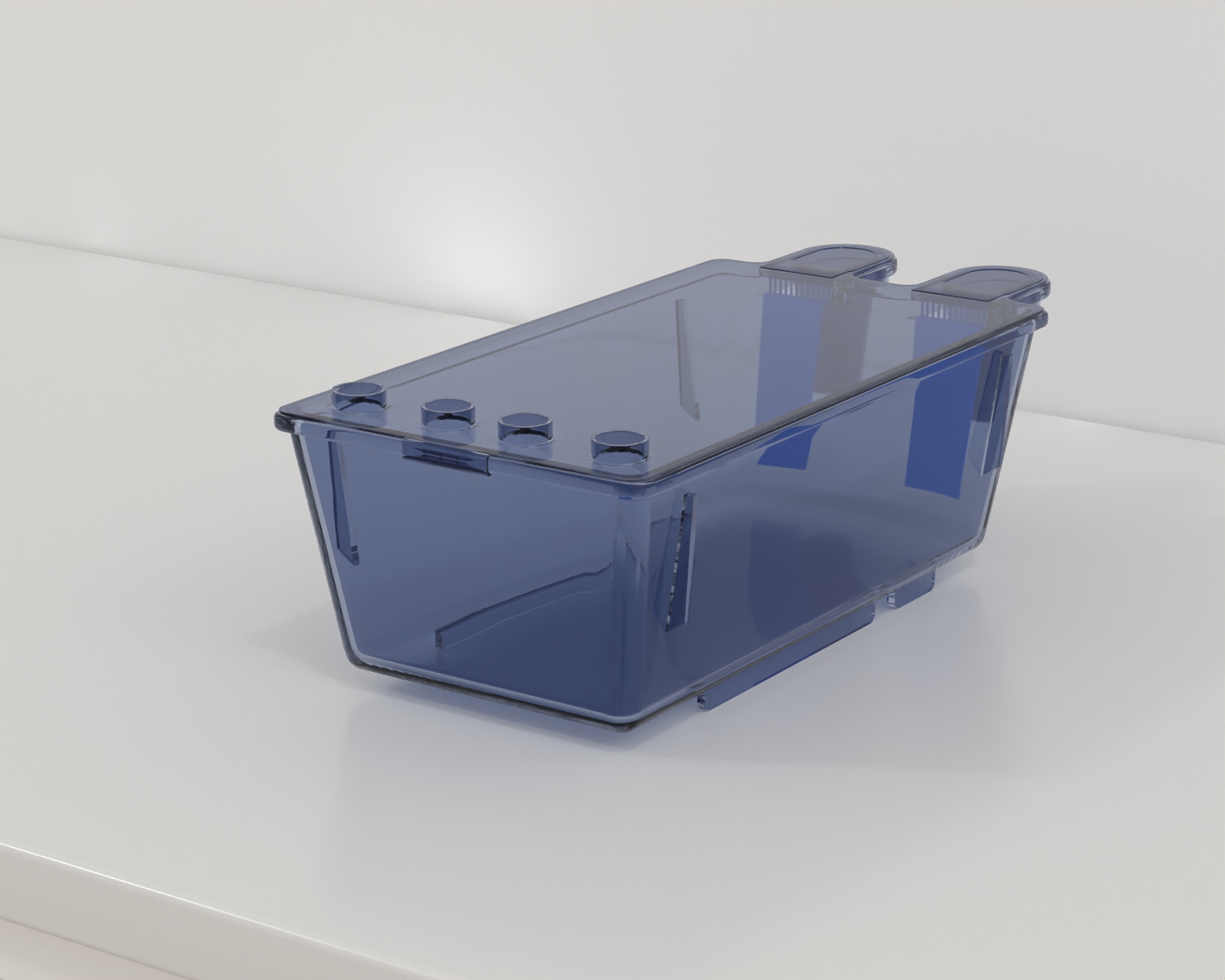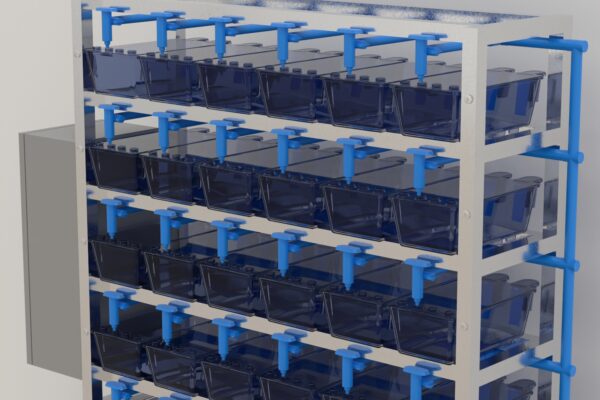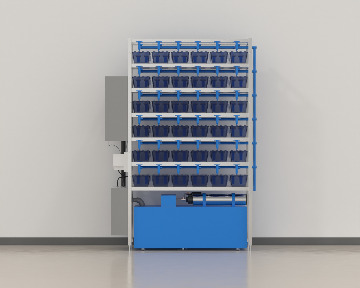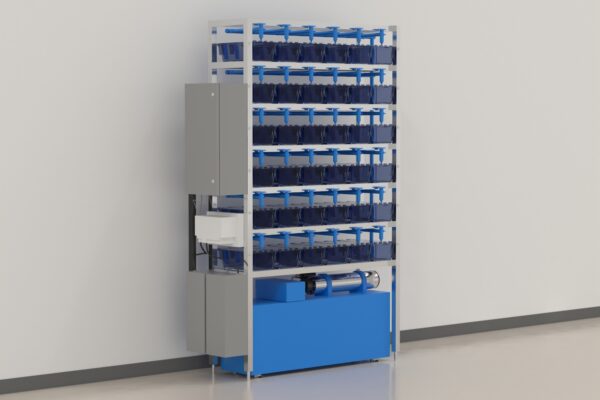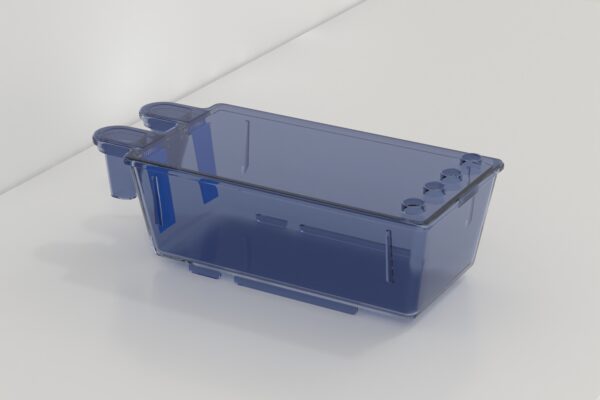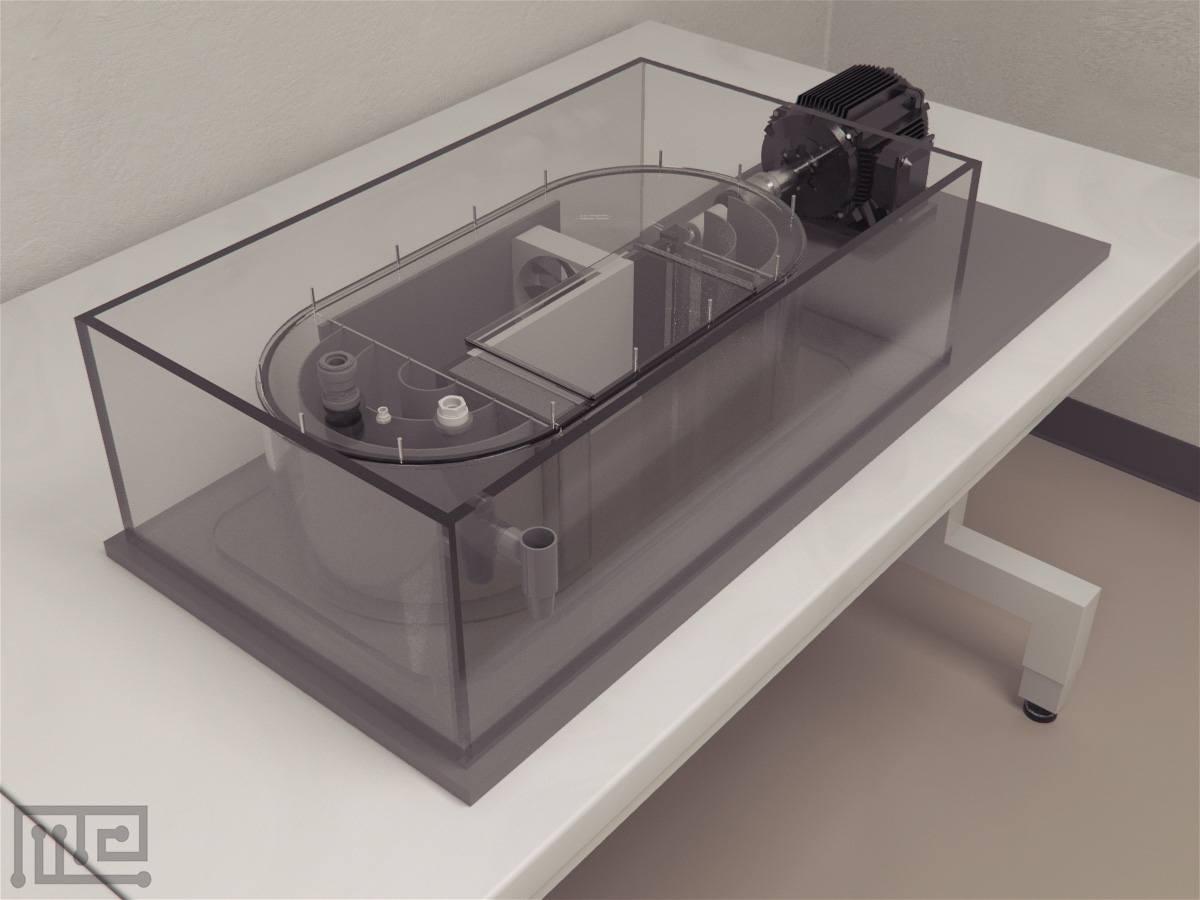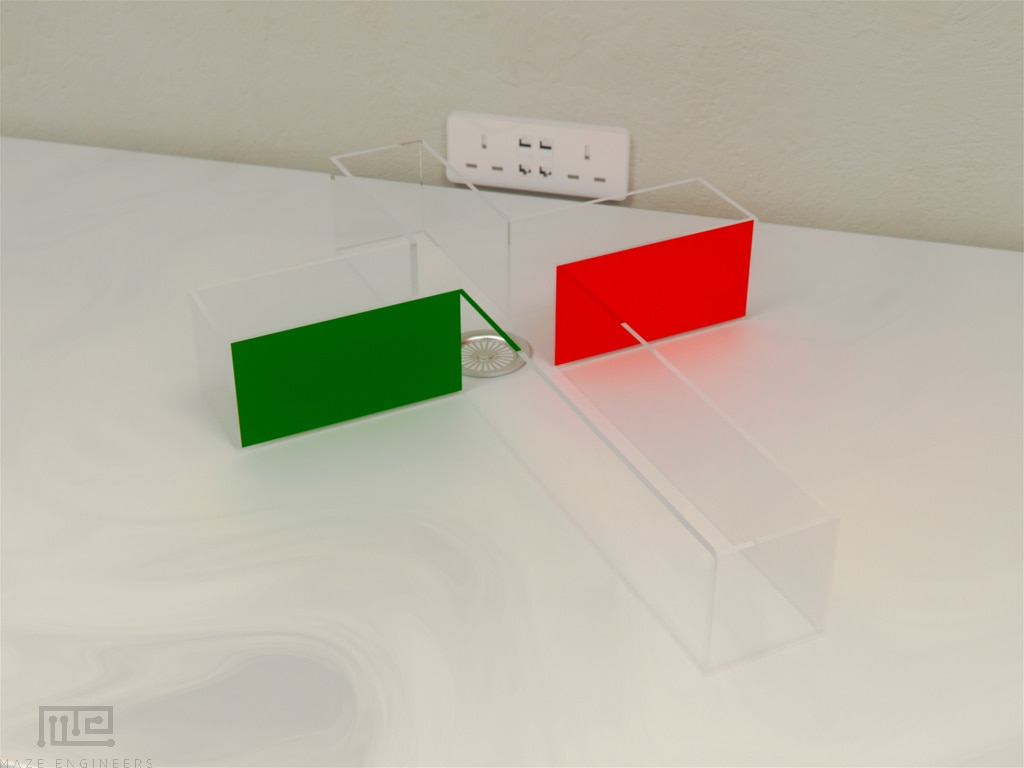The Maze Engineers Zebrafish Automated Home Tank is an experimental apparatus that allows researchers to study the behavior of zebrafish in a controlled environment. The tank is equipped with a variety of sensors and actuators that allow researchers to collect data on the behavior of the fish which can be used to study a variety of topics, including learning and memory, anxiety, and social behavior. Controlling the environment allows researchers to collect data while reducing variability and improving the reliability of the results.
Some advantages of using a zebrafish automated home tank include:
- Increased control over the environment: The tank can be controlled to provide a variety of environmental conditions, such as water velocity, temperature, light, and noise. This allows researchers to study the effects of different environmental conditions on the behavior of the fish.
- Improved data collection: The tank is equipped with a variety of sensors that can collect data on the behavior of the fish, such as their swimming speed, position, and activity level. This data can be used to study a variety of topics, such as learning and memory, anxiety, and social behavior.
- Reduced variability: The tank has a controlled environment with frequent water changes, which can help to reduce variability in the data. This makes it easier to identify trends and patterns in the data.
- Increased accessibility: The tank is relatively inexpensive to build and operate, which makes it accessible to a wide range of researchers.

